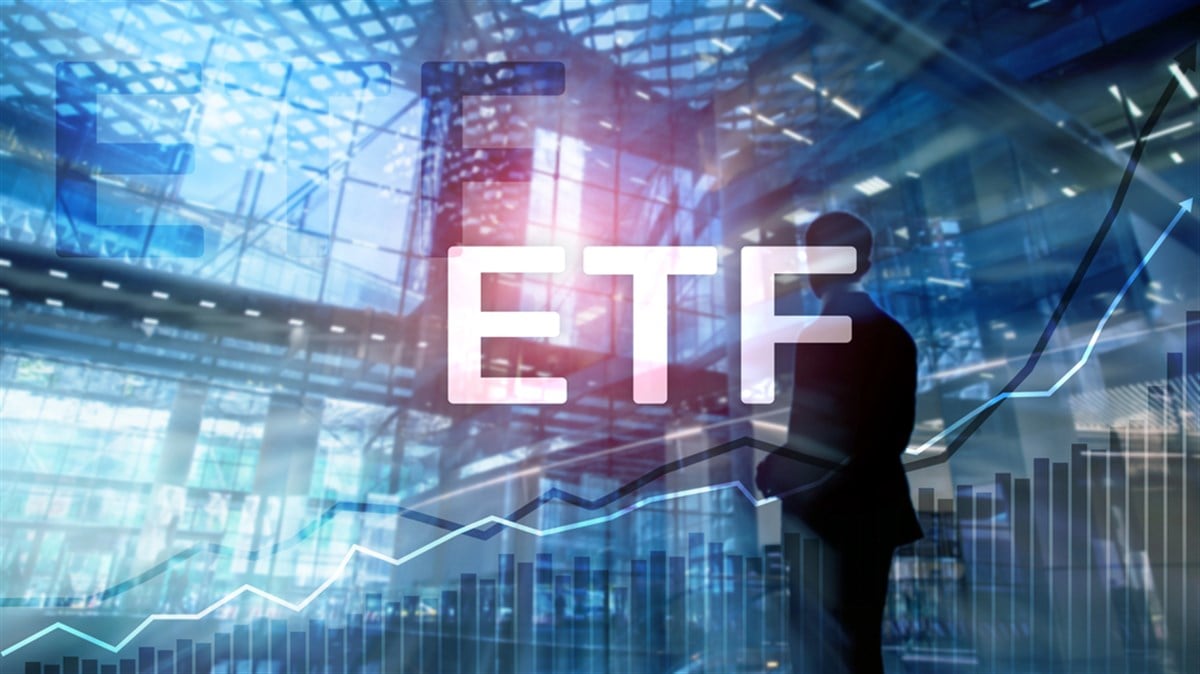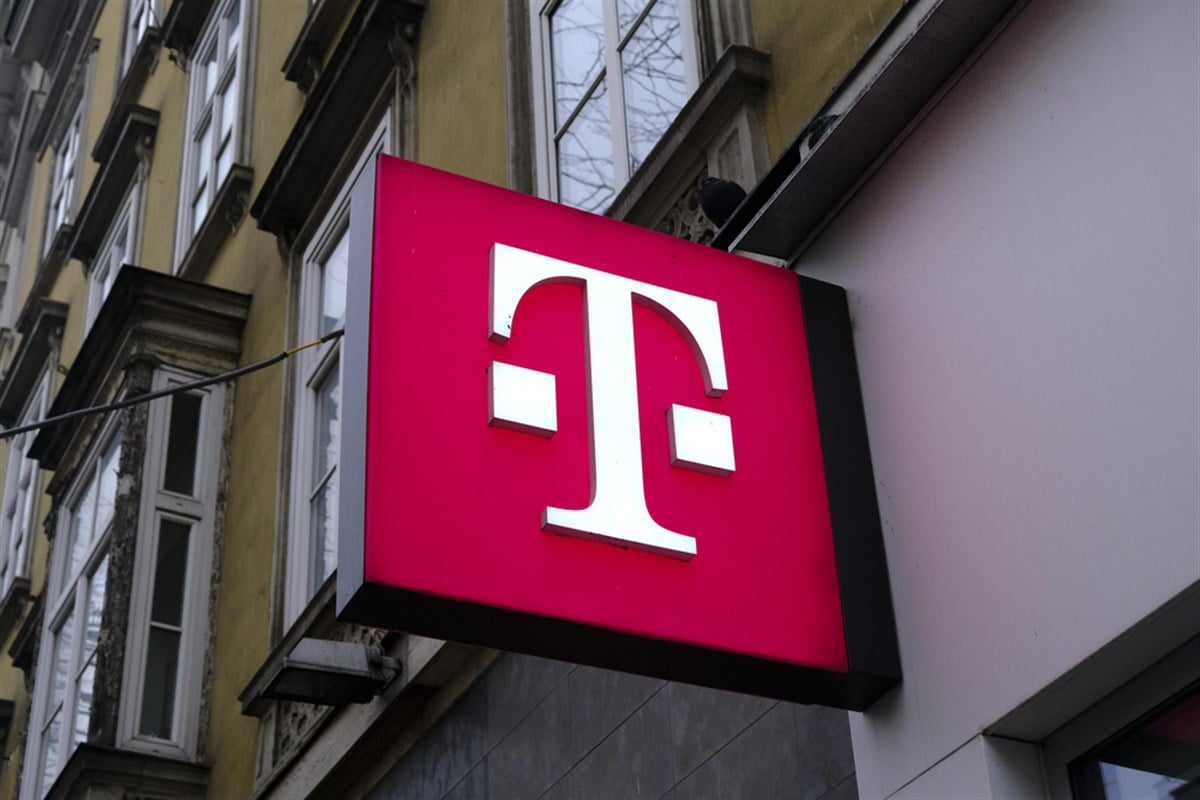Why Investors Have Flocked to 2 Unorthodox ETFs This Month

Despite the availability of thousands of different exchange-traded funds (ETFs), many investors focus on a relatively small number of popular options. While there is nothing wrong with a broad-based S&P 500 fund or a targeted Nasdaq-100 fund—and indeed these ETFs often provide some of the most robust returns when the broader stock world is thriving—there are opportunities for more adventurous investors to find alternatives that can provide compelling momentum, strong dividends, and value.
One way investors can monitor which of the many unorthodox ETFs may be best for them is by watching fund inflows. This measure of the net purchase of ETF shares is one type of indicator for where investors are focusing their assets. Looking at funds with sizable inflows over a recent period can show which corners of the ETF space are trending.
The funds below may not draw investors for their massive asset bases or popular strategy, but both are among the top ETFs based on inflows over the last several weeks. They may be worth a closer look for investors considering expanding their portfolio outside of the traditional ETF approach.
Hefty Dividend Fund Poised to Benefit From Further Rate Cuts
The JPMorgan Municipal ETF (BATS: JMUB) is an actively managed fund offering a portfolio of investment-grade municipal securities such as intermediate-term municipal bonds. With its active approach, the fund can control for factors including duration and credit quality in an effort to preserve capital. Its primary appeal for investors lies in its tax-free income.
JMUB's portfolio is broad, including some 1,700 positions in municipal securities related to geographies all across the country. About 60% of the portfolio is composed of AAA or AA-rated bonds with an average life of just over seven years.
Investors have flooded JMUB with inflows in recent weeks, sending more than $2 billion in assets to the ETF in the last month in anticipation that the Federal Reserve would once again lower interest rates in late October.
Now that that prediction has been confirmed—the Fed indeed trimmed rates by another 0.25% at that time—fund flows may quiet down. Or, with Federal Reserve governor Stephen Miran recently saying that another rate cut in December would be "reasonable," investors may still have reason to think that rates could come down further. If they do, it is likely that the price of municipal bonds would rise.
Given that JMUB is actively managed, it may surprise investors to see that it carries an annual fee of just 0.18%. Combined with a hearty dividend yield of 3.44% and above-benchmark (though relatively modest) returns close to 4% this year, it's easy to see why investors have flocked to this ETF.
Balance of Cost, Performance, and Dividend With a Europe-Focused Fund
At only half the annual cost of JMUB, the JPMorgan BetaBuilders Europe ETF (BATS: BBEU) may be even more attractive to investors looking to balance fees, performance, and distributions. Unlike JMUB, this fund has a more traditional focus on stocks. However, its geographic target is Europe, providing U.S. investors easy access to large-cap companies in markets they may not typically explore.
Specifically, BBEU tracks a free-float adjusted, market-cap weighted index of stocks listed on primary exchanges in developed European nations.
With close to 400 holdings, it offers a wide view of the European market, though it tends to lean toward financials (roughly 24% of the portfolio) and industrials (about 19%).
In addition to major international names also listed on U.S. exchanges, including ASML Holding N.V. (NASDAQ: ASML) and SAP SE (NYSE: SAP)—both of which are among the top positions by weight—BBEU offers access to hundreds of lesser-known firms as well. Its geographic reach is broad, including the United Kingdom, France, Germany, Switzerland, and more than a dozen other countries.
BBEU's downside is a lack of small-cap exposure, but investors seeking a bit more stability from larger firms may find BBEU's low cost a worthwhile compromise. Having returned close to 30% year-to-date (YTD) and with a dividend yield of 3.30%, it makes sense why investors have poured approximately $4 billion of assets into BBEU's coffers in the last month.
Learn more about JMUB


